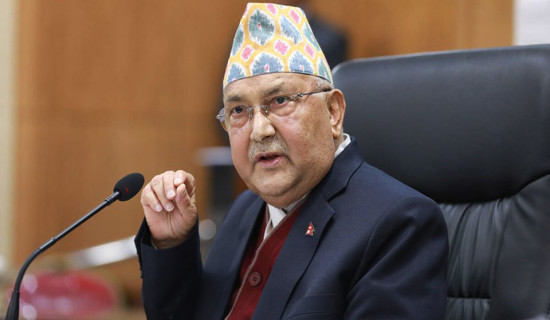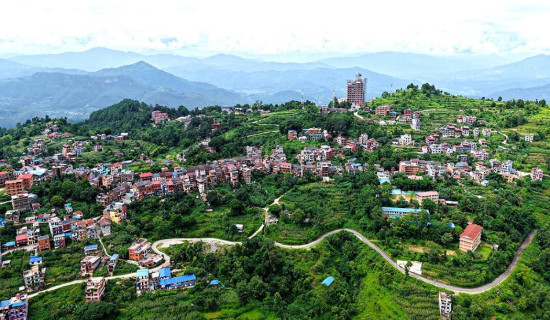- Wednesday, 23 July 2025
Now it's confirmed, Jaljale in Dailekh has large reserve of methane
By Nabin Rijal, Dailekh, June 19: Jaljale of Dailekh has shown signs of hope for a bright future for Nepal in terms of mineral fuel.
The China Geological Survey (CGS) has recently submitted the preliminary report of the exploration of petroleum products and natural gas in Dailekh to the Government of Nepal. The report revealed that Jaljale area has big reserve of methane gas.
The first drilling operation had been started at the site on May 11, 2021, which reached a depth of 4,013 metres. Testing of the samples collected from there confirmed the storage of 1.12 billion cubic meters of methane gas.
This is only the preliminary result of the first well among a total of four potential wells. According to initial estimates for the other three wells, it is projected that there will be a total of 430 billion cubic meters of gas in the Jaljale area. This shows the potential to meet Nepal's gas requirements for about 50 years.
According to Dinesh Kumar Napit, the Deputy Director General of the Department of Mines and Geology and the head of the Petroleum Exploration Project, the petroleum exploration work started after the G-to-G agreement between Nepal and China in 2019.
"The Government of Nepal has set aside 45 ropanis of government land in Jaljale area of Dailekh for exploration purposes, which is the deepest and most scientifically completed exploration project so far," Napit said.
According to him, the report received so far is preliminary. Further detailed tests are being conducted on the quality of gas, the feasibility of commercial production, and economic returns.
The Chinese company is preparing to submit the final report by December 2025. It is reported that after that the government plans to start commercial production testing within December.
The sight of substances like natural gas and oil leaking from the ground in Dailekh is not new for the locals. However, efforts to scientifically confirm it have been ongoing since 1979.
After the promulgation of the new constitution in 2015, the blockade imposed by India caused a fuel crisis throughout the country. Following this, the government was compelled to scope out the domestic energy sources seriously. Against this backdrop, Dailekh came into the spotlight again.
This vulnerability had created an opportunity for Nepal to focus its serious attention on the potential of indigenous resource identification and extraction for the first time.
The agreement signed between Nepal and China in January 2019 for the exploration of petroleum has carried a strategic message, and not only a technical progress. In the preliminary exploration, the Nepali and Chinese technicians had confirmed that the gas which was continuously emitting in Shirsthan and Nabhisthan of Dailekh was an indication of underground petroleum reserve.
The technicians estimate that there are petrol and gas reserves at six to seven places in Dailekh. The present project is a pilot project operated with full grant assistance provided by China. It is operational at financial and technical support of the CGS of the Chinese government. A total of Rs 2.50 billion was the preliminary estimated cost for it. The investment had increased due to delay in implementation owing to various reasons including COVID-19 pandemic.
The Department of Mines and Geology of the Government of Nepal had facilitated the activities related to land acquisition, expansion of road and electricity access and administrative coordination by establishing 'Petroleum Exploration Promotion Project' in Dailekh.
It is believed that this project could be proved as a historic opportunity for country's energy security. It is said that Nepal could gradually reach a state where it can produce and supply energy from domestic sources.(RSS)

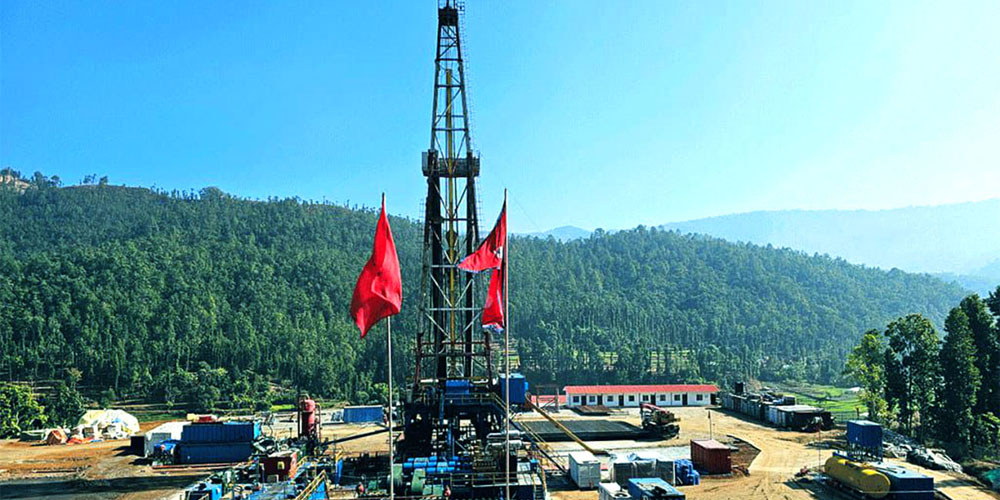
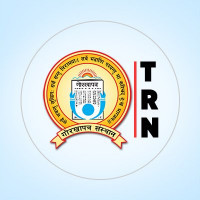
-(1)-(1)-original-thumb.jpg)
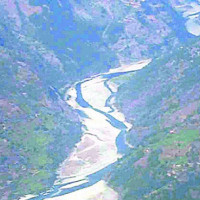





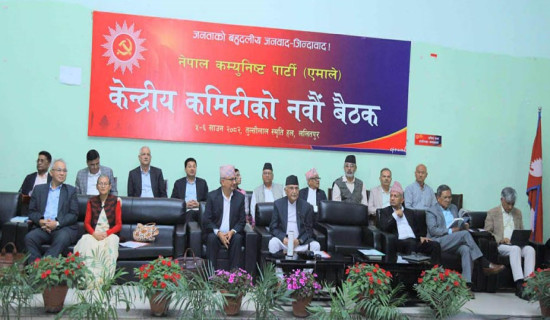
-original-thumb.jpg)
